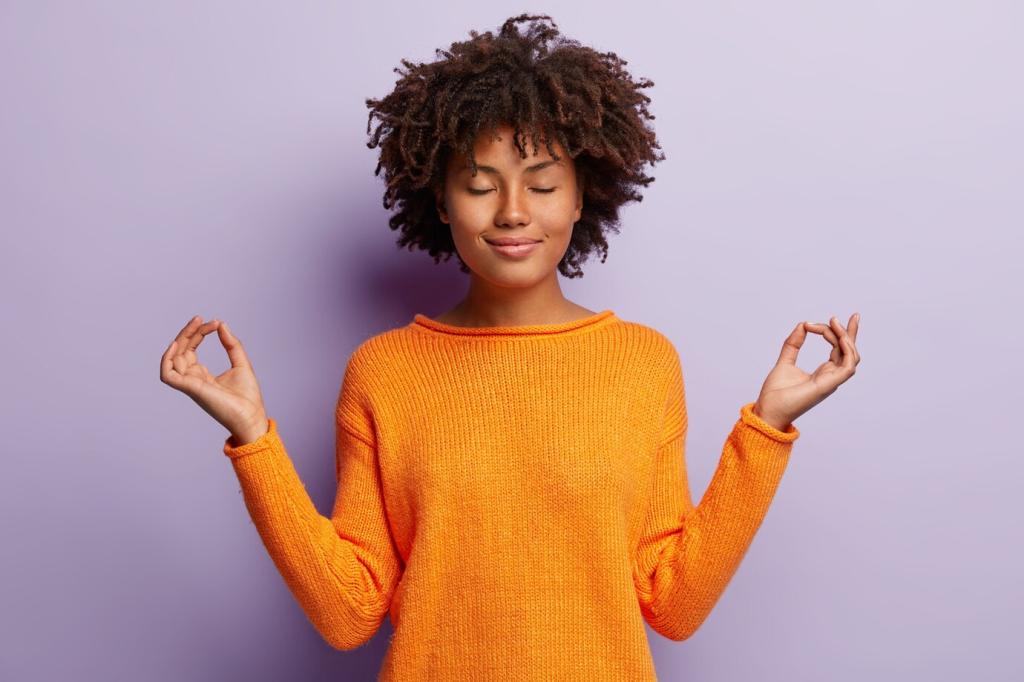Stories from the Cushion and the Mat
One reader set a seven-minute alarm for breath and seated stillness before sunrise. On the train, noise still swelled, but she carried an inner hush. When delays hit, she exhaled longer and offered her seat. She wrote to say the city felt kinder because she arrived already listening.
Stories from the Cushion and the Mat
During vinyasa, a teacher noticed everyone chasing shapes. She stopped class for three breaths, inviting eyes to soften and jaws to unclench. The room exhaled like a single body. Students later reported more sensation, less strain, and surprising gratitude. Sometimes the most profound instruction is simply, pause and feel.









